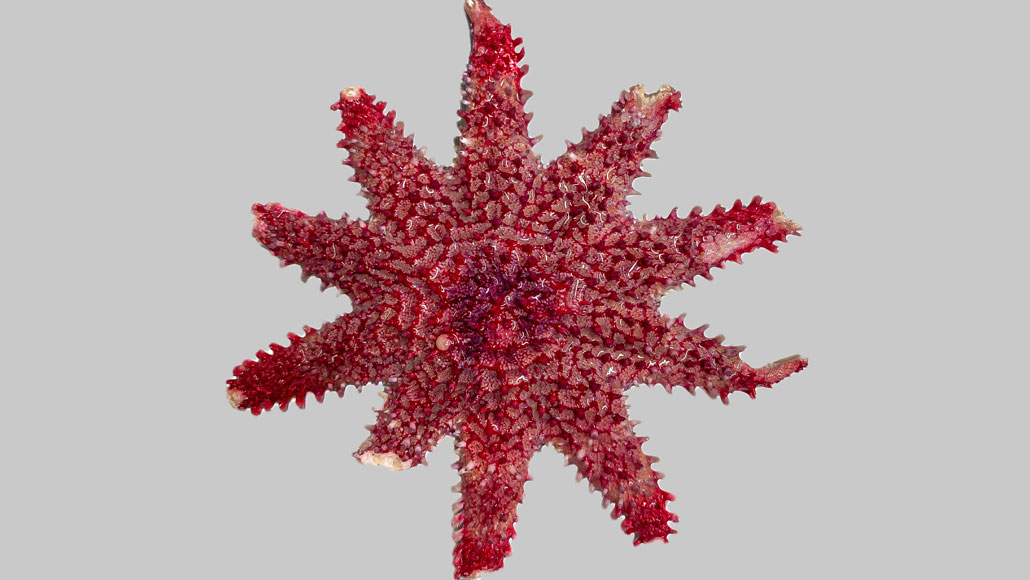Questions for “Urchin mobs can literally dis-arm a predator”

A common sun star (Crossaster papposus), seen here, was found mangled in an aquarium. In a classic reversal of predator and prey, it had been attacked by dozens of starving sea urchins.
Jeff Clements